start cmd seems to break wexpect, but if you only need a new shell, and not a new window, try this, as suggested by @furas and @D-E-N:
import wexpect
print("Wexpect Example:")
# Create the child process
child = wexpect.spawn("cmd.exe")
child.expect_exact(">")
# If you only expect a prompt after each command is complete, this should be fine
list_of_commands = ["tree",
"echo hi\n", ]
for c in list_of_commands:
child.sendline(c)
child.expect_exact(">")
print(child.before)
# Exit will close the child implicitly, but I add the explicit child.close() anyway
child.sendline("exit")
child.close()
print("Script complete. Have a nice day.")
Output
Windows PowerShell
Copyright (C) Microsoft Corporation. All rights reserved.
Try the new cross-platform PowerShell https://aka.ms/pscore6
PS C:\Users\Rob\source\repos\Wexpect> python wexpect.py
Wexpect Example:
tree
Folder PATH listing for volume Windows-SSD
Volume serial number is XXXX-XXXX
C:.
├───folder1
├───folder2
│ ├───sub-folder2.1
│ └───sub-folder2.3
└───folder3
C:\Users\Rob\source\repos\Wexpect
echo hi
hi
C:\Users\Rob\source\repos\Wexpect
Script complete. Have a nice day.
PS C:\Users\Rob\source\repos\Wexpect>
For brevity, I skipped handling EOF and TIMEOUT errors. Check out the pexpect and wexpect documentation for more ideas.
Good luck coding!
 Here it runs tree and stops there after closing the terminal window the program ends without executing the echo command
Here it runs tree and stops there after closing the terminal window the program ends without executing the echo command